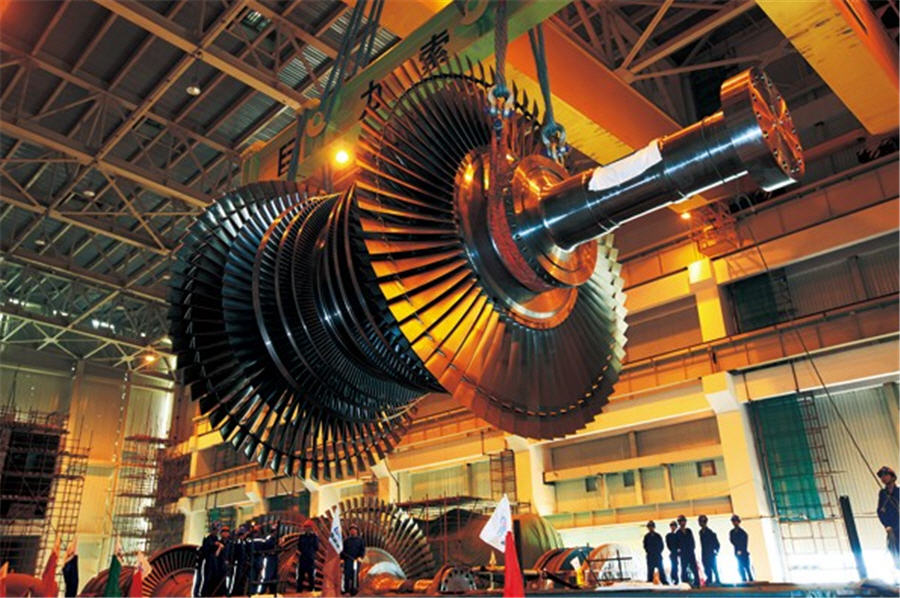Stars are aligning for uranium price rally
Two new research advisories from BMO Capital Markets and Morgan Stanley say that today’s price is a lower bound and predicts a price recovery in the next few years to the level of ~ $ 50 by 2024.
The stars appear to be poised for a new phase of nuclear investment, with the US, China and Europe bolstering the bull case for fuel this month.
Although nuclear energy was not specifically mentioned in Biden’s $ 2 trillion infrastructure proposal published today, the federally mandated “energy efficiency and clean electricity” standard is hardly attainable without it.
Over the weekend, leaked documents revealed that a group of EU experts advised the EU to designate nuclear power as a sustainable source of electricity, opening the door to new investments under the continent’s ambitious green energy program.
China’s 14th Five-Year Plan, released two weeks ago, has also boosted the uranium market. Beijing plans to increase the country’s nuclear power capacity by 46% – from 48 GW in 2020 to 70 GW by 2025.
The opacity of the storage situation remains a major uncertainty for the price – see for example palladium, which took almost 7 years of deficit before the price really rose
There are several factors in favor of uranium, not the least of which is the fact that annual uranium requirements are now higher than before the 2011 Fukushima disaster, when Japan shut down all of its reactors:
- Uranium miners, developers, and mutual funds like Yellow Cake (£ 13m inventory so far) are buying material on the spot market to bring government and utility inventories built over the past decade to a more normal level
- Large mines are idle, including Cameco’s Cigar Lake (due to Covid-19) which accounts for £ 18m or 13% of annual mine supply. The world’s largest uranium operation, McArthur River, closed in July 2018, taking £ 25 million off the market.
- Permanent closings this year include the Rio Tinto ranger operation in Australia (3 million lbs) and Niger’s Cominak mine (2.6 million lbs), which has been operational since 1978. Rio leaves the market completely after the sale of Rössing uranium in Namibia.
- Like Cameco, top producer Kazatomprom, which mined 15% less material last year due to Covid restrictions, has committed itself to production below capacity (–20% for the Kazakh state miner) for the foreseeable future.
- Price reporting agency and research firm UxC estimate that utilities’ unmet needs would rise to around £ 500m by 2026 and to £ 1.4bn by 2035.
- According to UxC, around £ 390 million has been consumed in reactors in the past five years, while reactors have consumed £ 815 million in the past five years
- Worldwide there are 444 nuclear reactors in operation and another 50 under construction – 2 new grid connections and construction to start in 2021
- Much cheaper and safer small modular nuclear reactors, which can be easily inserted into industrial sites such as decommissioned coal-fired power plants (or even underground or underwater), are expected to be a significant source of additional demand
However, there are some caveats to this rosy scenario.
Morgan Stanley warns that “the opacity of the inventory situation remains a major price uncertainty – see for example palladium, which took nearly 7 years in deficit before the price really rose.”
In view of the still high inventory levels, an acute shortage and price shortage is extremely unlikely for this year as well as for the foreseeable future. BMO adds that there is no apparent need for new mine supplies in the near future.



Comments are closed.